1. Priuska EM, Schacht J. Formation of free radicals by gentamicin and iron and evidence for an iron/gentamicin complex. Biochem Pharmacol. 1995; 11. 50(11):1749–1752. PMID:
8615852.

2. Kim JB, Jung JY, Ahn JC, Rhee CK, Hwang HJ. Antioxidant and anti-apoptotic effect of melatonin on the vestibular hair cells of rat utricles. Clin Exp Otorhinolaryngol. 2009; 3. 2(1):6–12. PMID:
19434285.

3. Forge A, Li L. Apoptotic death of hair cells in mammalian vestibular sensory epithelia. Hear Res. 2000; 1. 139(1-2):97–115. PMID:
10601716.

4. Fetoni AR, Sergi B, Scarano E, Paludetti G, Ferraresi A, Troiani D. Protective effects of alpha-tocopherol against gentamicin-induced Oto-vestibulo toxicity: an experimental study. Acta Otolaryngol. 2003; 1. 123(2):192–197. PMID:
12701739.
5. Conlon BJ, Aran JM, Erre JP, Smith DW. Attenuation of aminoglycoside-induced cochlear damage with the metabolic antioxidant alpha-lipoic acid. Hear Res. 1999; 2. 128(1-2):40–44. PMID:
10082281.
6. Takumida M, Popa R, Anniko M. Free radicals in the guinea pig inner ear following gentamicin exposure. ORL J Otorhinolaryngol Relat Spec. 1999; Mar-Apr. 61(2):63–70. PMID:
10095194.

7. Wang AM, Sha SH, Lesniak W, Schacht J. Tanshinone (Salviae miltiorrhizae extract) preparations attenuate aminoglycoside-induced free radical formation in vitro and ototoxicity in vivo. Antimicrob Agents Chemother. 2003; 6. 47(6):1836–1841. PMID:
12760856.
8. Jung HW, Chang SO, Kim CS, Rhee CS, Lim DH. Effects of Ginkgo biloba extract on the cochlear damage induced by local gentamicin installation in guinea pigs. J Korean Med Sci. 1998; 10. 13(5):525–528. PMID:
9811183.

9. Long M, Smouha EE, Qiu D, Li F, Johnson F, Luft B. Flavanoid of Drynaria fortunei protects against gentamicin ototoxicity. Phytother Res. 2004; 8. 18(8):609–614. PMID:
15476311.
10. Du XF, Song JJ, Hong S, Kim J. Ethanol extract of Piper longum L. attenuates gentamicin-induced hair cell loss in neonatal cochlea cultures. Pharmazie. 2012; 6. 67(6):559–563. PMID:
22822547.
11. Forge A, Schacht J. Aminoglycoside antibiotics. Audiol Neurootol. 2000; Jan-Feb. 5(1):3–22. PMID:
10686428.

12. Theopold HM. Comparative surface studies of ototoxic effects of various aminoglycoside antibiotics on the organ of Corti in the guinea pig: a scanning electron microscopic study. Acta Otolaryngol. 1977; Jul-Aug. 84(1-2):57–64. PMID:
899753.

13. Sha SH, Schacht J. Salicylate attenuates gentamicin-induced ototoxicity. Lab Invest. 1999; 7. 79(7):807–813. PMID:
10418821.
14. Schacht J. Antioxidant therapy attenuates aminoglycoside-induced hearing loss. Ann N Y Acad Sci. 1999; 11. 884:125–130. PMID:
10842589.
15. Sha SH, Taylor R, Forge A, Schacht J. Differential vulnerability of basal and apical hair cells is based on intrinsic susceptibility to free radicals. Hear Res. 2001; 5. 155(1-2):1–8. PMID:
11335071.

16. Choung YH, Kim SW, Tian C, Min JY, Lee HK, Park SN, et al. Korean red ginseng prevents gentamicin-induced hearing loss in rats. Laryngoscope. 2011; 6. 121(6):1294–1302. PMID:
21541943.

17. Jeong HJ, Choi Y, Kim MH, Kang IC, Lee JH, Park C, et al. Rosmarinic acid, active component of Dansam-Eum attenuates ototoxicity of cochlear hair cells through blockage of caspase-1 activity. PLoS One. 2011; 4. 6(4):e18815. PMID:
21526214.

18. Chang J, Jung HH, Yang JY, Choi J, Im GJ, Chae SW. Protective role of antidiabetic drug metformin against gentamicin induced apoptosis in auditory cell line. Hear Res. 2011; 12. 282(1-2):92–96. PMID:
21979311.
19. Park MK, Lee BD, Chae SW, Chi J, Kwon SK, Song JJ. Protective effect of NecroX, a novel necroptosis inhibitor, on gentamicin-induced ototoxicity. Int J Pediatr Otorhinolaryngol. 2012; 9. 76(9):1265–1269. PMID:
22704672.

20. Song BB, Schacht J. Variable efficacy of radical scavengers and iron chelators to attenuate gentamicin ototoxicity in guinea pig in vivo. Hear Res. 1996; 5. 94(1-2):87–93. PMID:
8789814.

21. Song BB, Sha SH, Schacht J. Iron chelators protect from aminoglycoside-induced cochleo- and vestibulo-toxicity. Free Radic Biol Med. 1998; 7. 25(2):189–195. PMID:
9667495.

22. Xie J, Talaska AE, Schacht J. New developments in aminoglycoside therapy and ototoxicity. Hear Res. 2011; 11. 281(1-2):28–37. PMID:
21640178.

23. Kumar S, Kamboj J, Suman , Sharma S. Overview for various aspects of the health benefits of Piper longum linn: fruit. J Acupunct Meridian Stud. 2011; 6. 4(2):134–140. PMID:
21704957.

24. Shankaracharya NB, Rao LJ, Naik JP, Nagalakshmi S. Characterization of chemical constituents of Indian Long Pepper (Piper-longum L). J Food Sci Tech. 1997; 34(1):73–75.
25. Pathak N, Khandelwal S. Modulation of cadmium induced alterations in murine thymocytes by piperine: oxidative stress, apoptosis, phenotyping and blastogenesis. Biochem Pharmacol. 2006; 8. 72(4):486–497. PMID:
16780805.

26. Pradeep CR, Kuttan G. Effect of piperine on the inhibition of nitric oxide (NO) and TNF-alpha production. Immunopharmacol Immunotoxicol. 2003; 8. 25(3):337–346. PMID:
19180797.
27. Jagdale SC, Kuchekar BS, Chabukswar AR, Lokhande PD, Raut CG. Anti-oxidant activity of Piper longum Linn. Int J Biol Chem. 2009; 3(3):119–125.

28. Joy B, Sandhya CP, Remitha KR. Comparison and bioevaluation of Piper longum fruit extracts. J Chem Pharm Res. 2010; 2(4):696–706.
29. Lokhande PD, Gawai KR, Kodam KM, Kuchekar BS, Chabukswar AR, Jagdale SC. Antibacterial activity of extracts of Piper longum. J Pharm Toxicol. 2007; 2(6):574–579.
30. Sunila ES, Kuttan G. Immunomodulatory and antitumor activity of Piper longum Linn. and piperine. J Ethnopharmacol. 2004; 2. 90(2-3):339–346. PMID:
15013199.

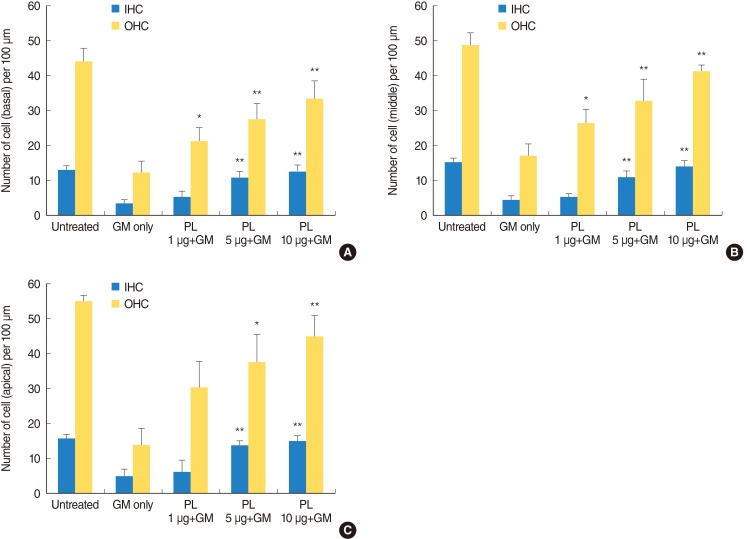
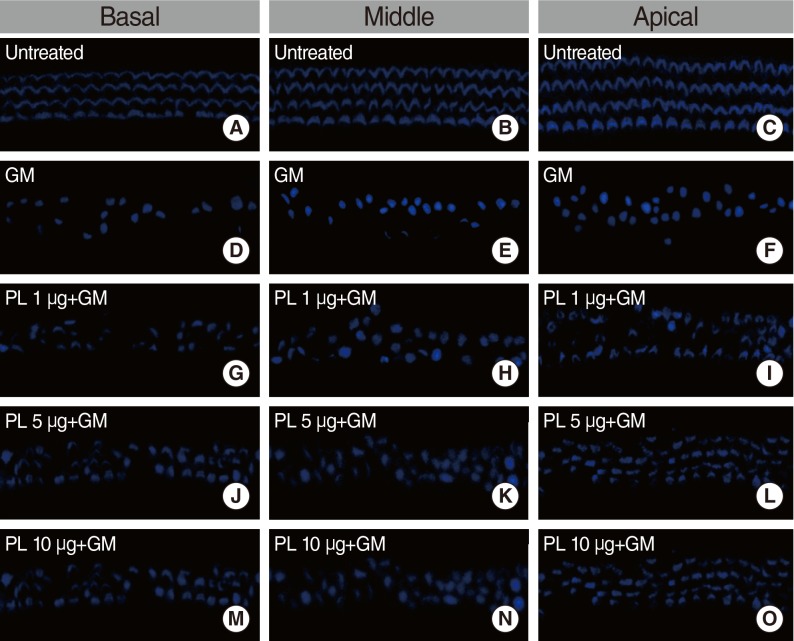
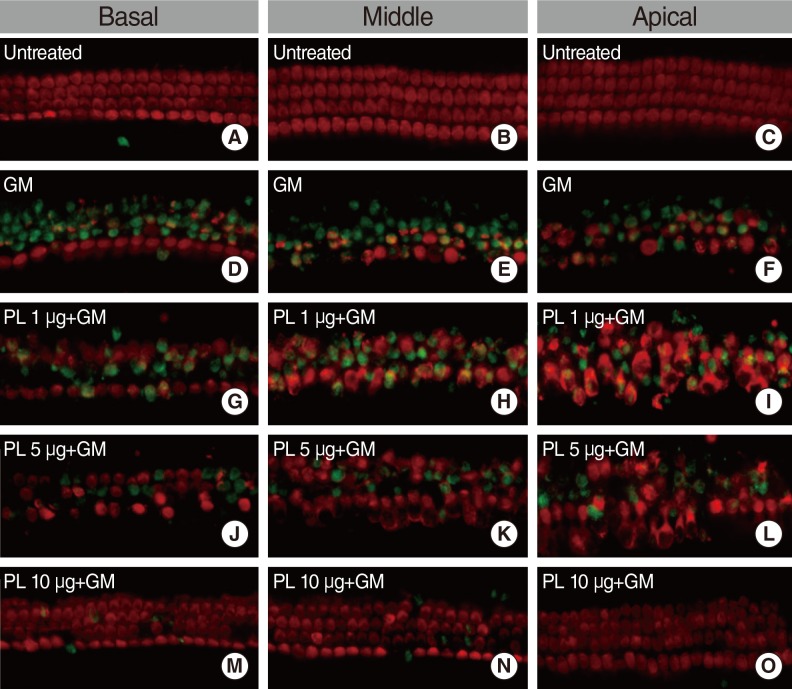
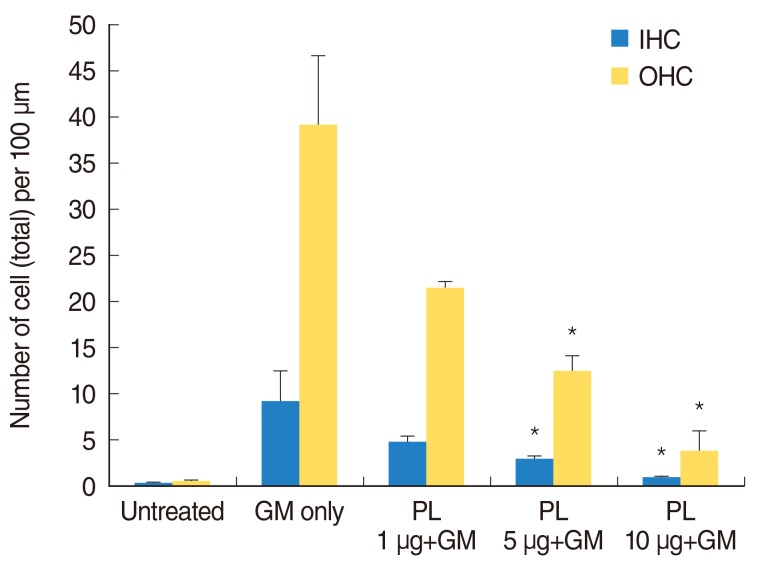




 PDF
PDF Citation
Citation Print
Print



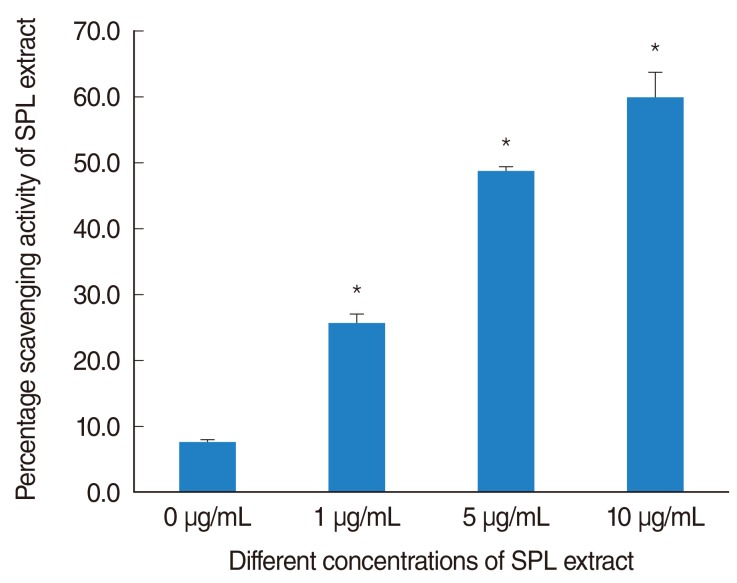
 XML Download
XML Download